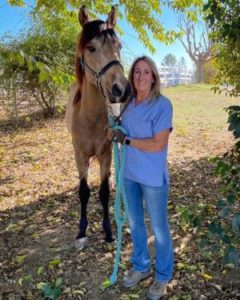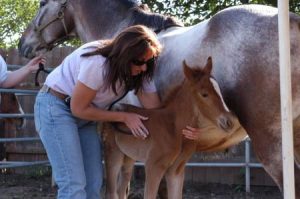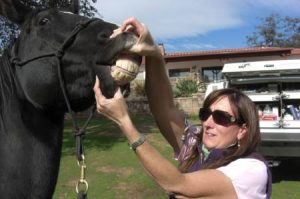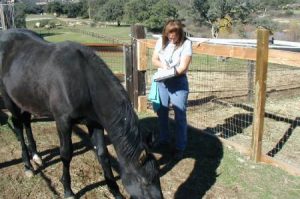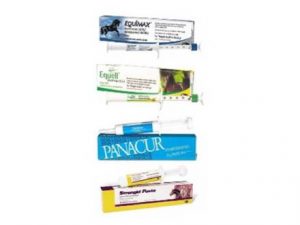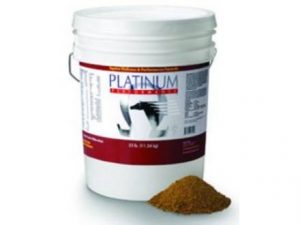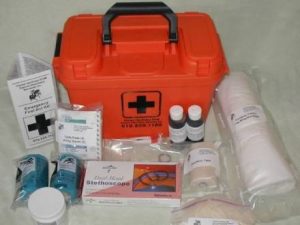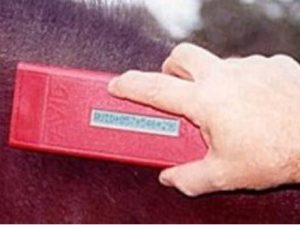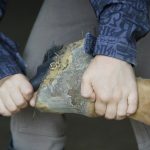To enable a horse to be ridden and trained without increased fatigue and stress from excessive seating. To allow the horse to cool out and dry quickly after work.
As a training and /or competition strategy. A winter coat tends to make a horse quieter and may decrease the performance of warm-blooded horses. Clipping the coat invigorate a horse. Therefore, for competitions where steadiness is required, clip 2-3 weeks before the event. For competitions where brightness is required, you may clip up to the day before the event. A winter coat can also be used as a conditioning tool, leaving ion while conditioning and clipping it off before the competition.
For added comfort of old horse or horses with pituitary adenoma. These horses may need to be clipped several times a year. Consider clipping against the “grain” of the hair coat during warmer months to remove more hair and clipping with grain of the coat during cooler months.
Full clip: The entire coat is removed. The clipped horse then needs appropriate blanketing.
Hunter clip: The is left on the legs up the elbows and thighs, and a saddle pad outline of hair is left on the back, With his clip, the legs are protected cold, mud, cracked heels and injury from briars. The back is also protected from saddle sores and scaling. The clipped horse then needs appropriate blanketing.
Trace Clip: The lower chest, abdomen, flanks and quarters are clipped as far up as the traces would go on a harness horse. The legs are left covered with hair to the elbow and mid thigh. The clipped horse then needs appropriate blanketing.
If you need sedation to clip Dr. Garfinkel recommends the Dormosedan Gel.
If you have any questions or concerns about clipping feel free to call us at 619-659-1180

